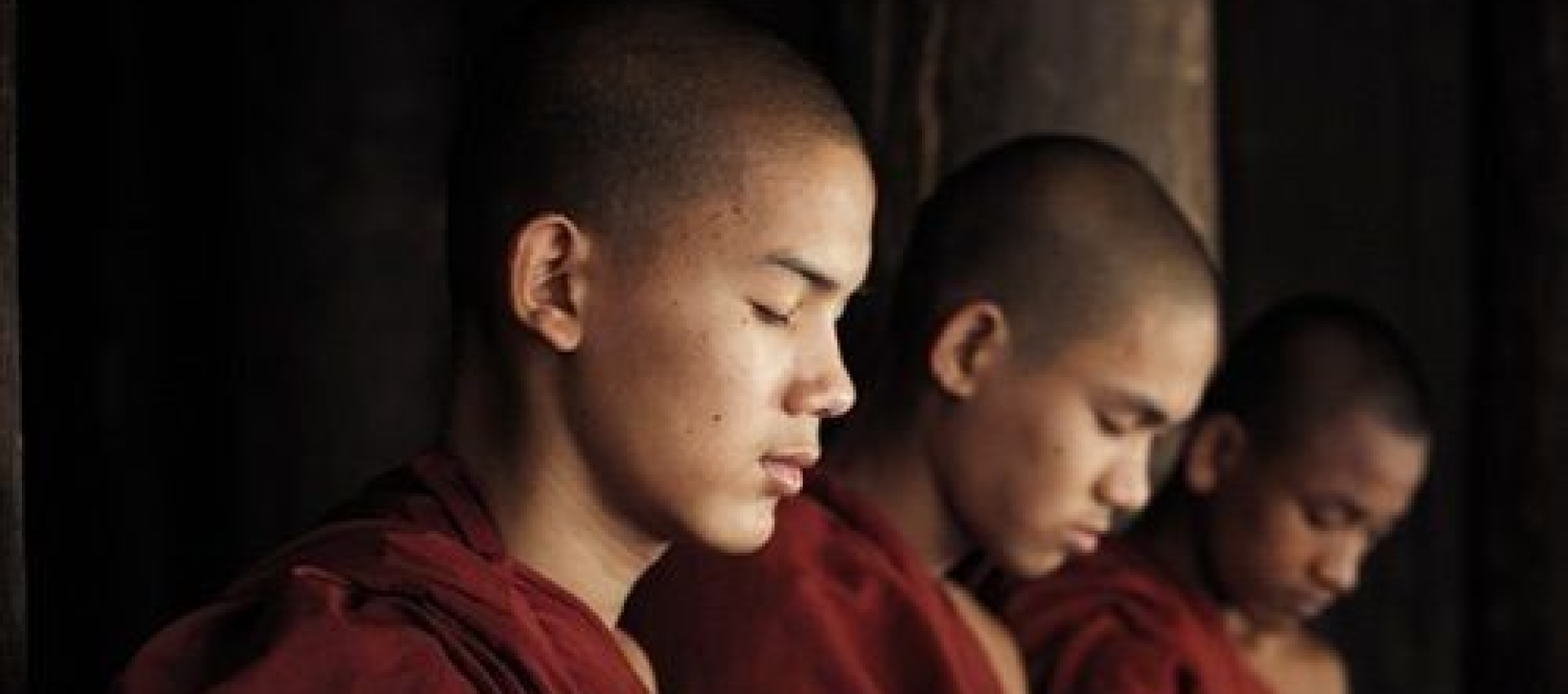Homepage | Library | Lessons
Meditation
The seven levels of meditation represent stages of deepening awareness and inner peace. As we progress, we move from a wandering mind to tranquil focus, experiencing moments of joy, profound calmness, and finally, an equilibrium of the mind. Each level brings us closer to a state of balanced serenity, guiding us on a transformative journey towards self-discovery and harmony.
Buddhist meditation is a practice that can help you relax your mind, expand your awareness, and find inner peace. It involves relaxing silently and concentrating on your breath, thoughts, and sensations. Practising this will teach you to examine your mind without becoming distracted by thoughts or feelings. This practice assists you in becoming more present and less stressed, resulting in a deeper understanding of yourself and the world around you.
What is Meditation?
Meditation is a practice that trains the mind to be fully present with relaxation, heightened awareness, and inner peace. It provides a space to quiet the mind’s chatter, bringing about a sense of clarity and stillness.
What is the first rule in meditation?
The first rule in meditation is setting a clear intention. Prior to beginning your meditation session, establish an intention that guides your practice. This intention becomes your compass for focused meditation.
What is the golden rule of meditation?
The golden rule of meditation is non-attachment. As you meditate, practice observing thoughts, emotions, and sensations without getting attached to them. This practice fosters detachment and a non-reactive mindset.
7 Levels of Meditation
The seven levels of meditation represent stages of deepening awareness and inner peace. As we progress, we move from a wandering mind to tranquil focus, experiencing moments of joy, profound calmness, and finally, an equilibrium of the mind. Each level brings us closer to a state of balanced serenity, guiding us on a transformative journey towards self-discovery and harmony.
Mind-wandering (Kamacchanda)
The mind tends to wander and is easily distracted.
Dullness and drowsiness (Thina-middha
A sense of mental fogginess or lethargy prevails.
Restlessness and remorse (Uddhacca-kukkucca)
The mind feels agitated or troubled.
Joy (Piti)
A feeling of happiness and contentment arises
Peace (Passaddhi)
A deep calm and serenity settle in
Concentration (Samadhi)
The mind achieves focused, one-pointed attention.
Equanimity (Upekkha)
A state of balance and equanimity is attained
Buddhist Way of Meditation
Buddhist meditation contains a list of techniques aimed at developing mindfulness, concentration, and insight. It’s an action to observe thoughts, feelings, and sensations with non-judgmental awareness, nurturing a deeper understanding of the mind’s workings.
What are the 4 stages of Buddhist meditation?
- Mindfulness of Body (Kayagatasati)
Directing attention to bodily sensations, breath, and posture, fostering mindfulness and detachment from the physical self. - Mindfulness of Feelings (Vedananupassana)
Exploring the arising and passing of feelings, whether pleasant, unpleasant, or neutral, without clinging or aversion. - Mindfulness of Mind (Cittanupassana)
Delving into the mind’s states, thoughts, emotions, and mental qualities to gain insight into their transient and interconnected nature. - Mindfulness of Dhammas (Dhammanupassana)
nvestigating mental constructs, perceptions, and factors that shape our experience of reality.
5 ways to learn meditation without leaving home
Can you learn meditation at home? If you’re just beginning in buddhism, one thing you’re bound to need help with is learning meditation. But how do you begin to learn meditation if there is nobody in your hometown that teaches it? Or what if you are unsure or would like to start off indepently at first?
Not to worry there is hope!
Buddhist Sitting meditation
- Location & Positon
Find a spot where you will not be interrupted. Use a sitting cushion ( or a chair with feet firmly on the floor ). Sit on the forward third of the cushion with torso centered. Knees and buttocks are in contact with the floor. - Posture & Body
Relax every muscle in your body to include your face. Rest your buttocks as far forward on the sitting cushion without falling off. Center your spine by swaying in decreasing arcs.
Slightly tuck your chin at a 45 degree angle. - Hands & Eyes
Place your hands comfortably in your lap or on the upper foot. The right hand rests on the bottom and left hand on top. Palms are upward, fingers overlapped, thums barely touching. Your eyes are open and unfocused about three feet in front of you, or can be closed. - Breathing
Place tongue against roof of mouth and breathe through your nose. A basic meditation pratice is to focus on the breath. Be aware when you breathe in, and aweare when you breathe out. Count to ten with each inhalation and exhalation as one count. - Focus
Random thoughts will occur. This is to be expected. Recognize the thought occurred and left it drift away. Do not analyze or pass judgement on thoughts. Your practice is to settle and train the mind so insight may occur.

